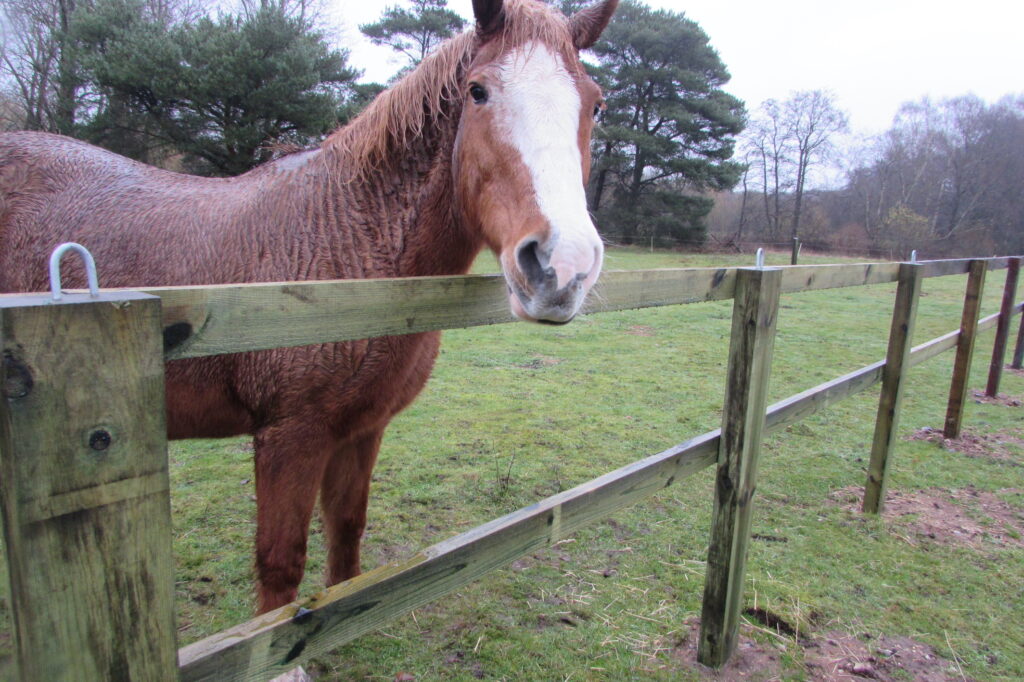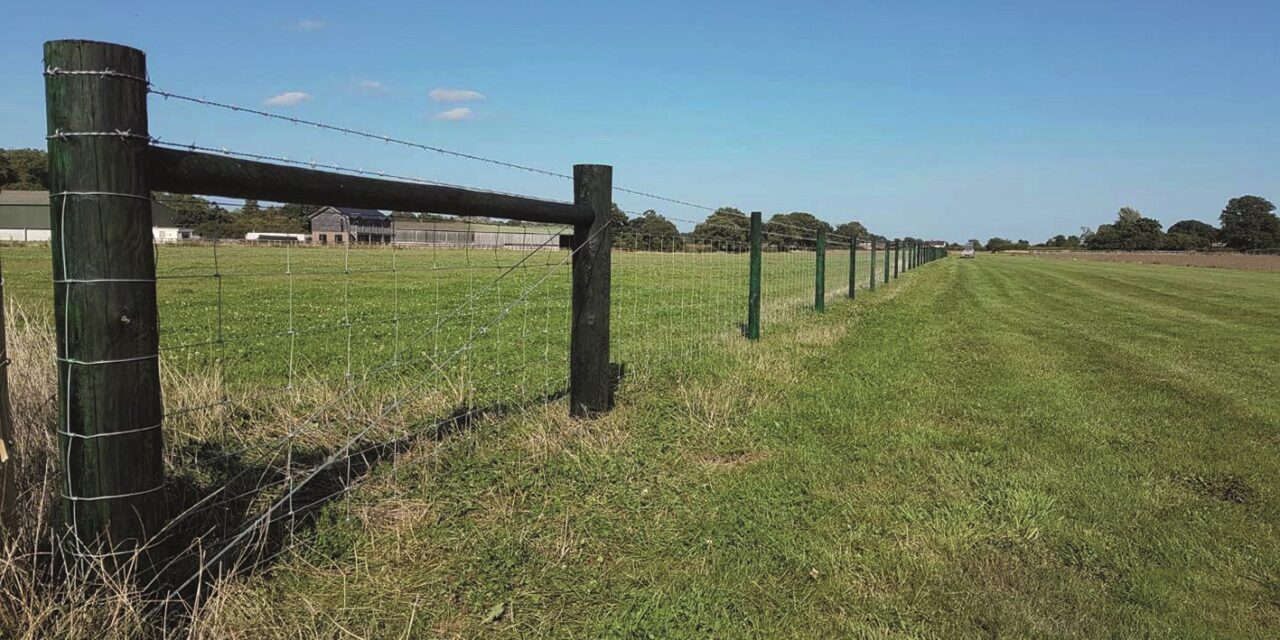- A decision on the future use of Creosote to treat fence posts has been reached after a vote of EU Member States.
- Creosote-treated fencing will be banned from sale in spring 2023.
- To help protect timber as the ‘go to’ material for agriculture and heavy-duty landscaping applications, Tanasote® has been developed as a high-performance alternative to traditional Creosote treatments.
- With Biocidal Products Regulation (BPR) authorisation in 20 countries, Tanasote® has been subject to extensive risk assessments covering the environment, as well as human and animal health.
The safety and environmental credentials of Creosote has been under review across Europe for quite some time. At the end of September 2022, the renewal of authorised applications for timber treated with Creosote was voted on by EU Member States, with the majority voting in favour of restricting authorisation even further.
From spring 2023, fence posts treated with Creosote will be banned from being placed on sale. The only authorised continued use for Creosote-treated timber is for railway sleepers and utility poles for electricity and telecommunications.
The positive vote to ban the use of Creosote to treat fence posts across EU Member States was made on the grounds that suitable and sufficient alternatives are available. One alternative that is being referenced by a growing number in the timber industry is Tanasote®.
A modern hot oil-based copper wood preservative developed to protect timbers in the harshest of environments, Tanasote® is an ideal solution for agricultural and heavy-duty landscaping timber applications such as livestock fencing, bridges, hop poles and retaining walls.
With over a decade of research and development, Tanasote® wood preservative has been developed to deliver a service life of 40 years plus, depending on commodity, desired service life, timber species and application. This modern alternative to Creosote was launched in Europe in April 2021 following Biocidal Products Regulation (BPR) authorisation.
To date, Tanasote® has been authorised for use in UC3 and UC4, including poles and sleepers for at least 10 years – the maximum authorisation period under the BPR before re-authorisation. It has passed all necessary environmental, human and animal health risk assessments, as well as generating extensive data to prove that it is effective against wood-destroying fungi and/or insects.

The long-term protection of timber in use
To prove real-world performance in the most demanding of environments, Tanasote® has been subjected to additional testing in high humidity and accelerated agricultural trials, as well as laboratory fungal studies. Extensive testing of water-repellent properties has also been undertaken.
Other benefits include deep preservative penetration and mobility in the Tanasote® treated timber, low odour, long-lasting water-repellence to minimise splitting and an innovative organic co-biocide to protect against a wide spectrum of aggressive decay fungi.
Dr Stephen Uphill, Technical Lead for Wood Protection – Americas and Industrial at Arxada commented: “If wood is to be kept as a primary material of choice in important agriculture applications, the industry needs to be bold and adopt modern and innovative BPR-authorised alternatives. Future wood protection technologies should confidently deliver both high performance and a lower environmental impact than other materials, such as steel and concrete.
“Tanasote® is an exciting and proven alternative that will meet these criteria. An innovative preservative system from our experienced development team, it is designed to meet the future needs of high-performance timber applications, such as those used in agriculture.”
To find out more about Tanasote® timber preservation technology, please visit www.trusttanasote.com


